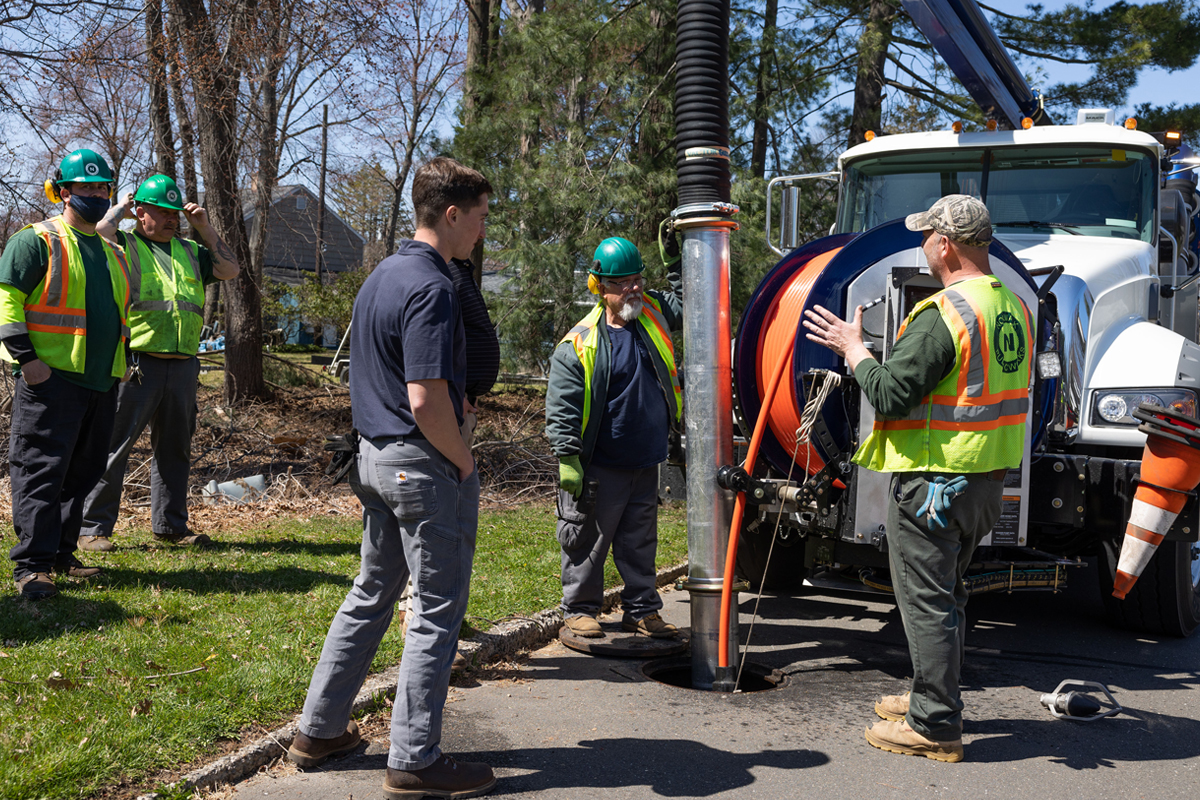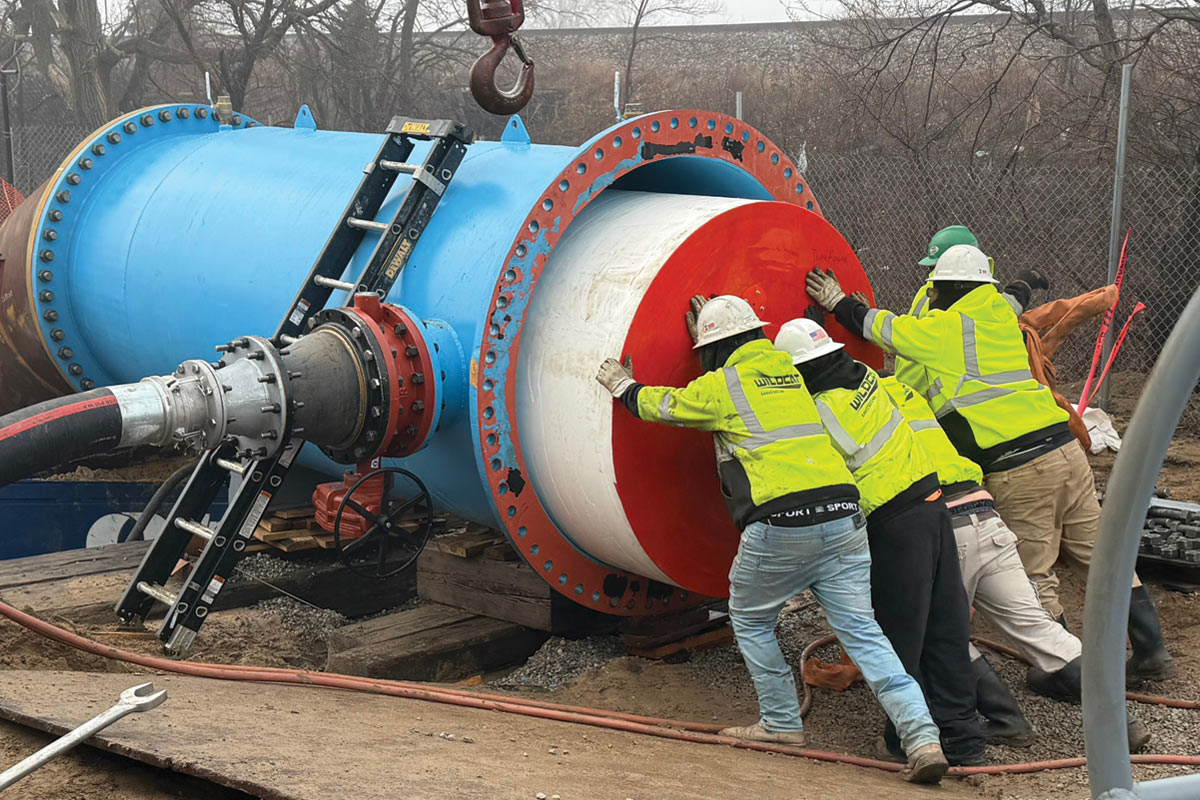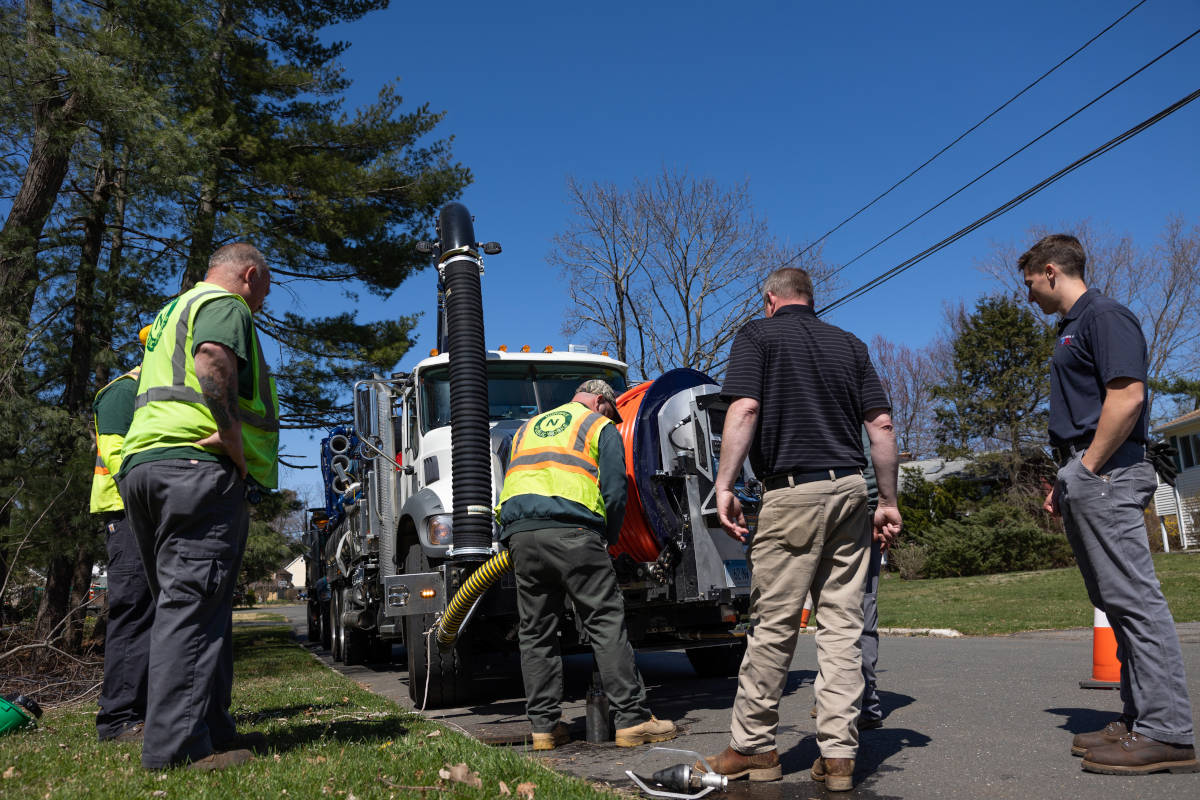Drill Master: Remote Steering Road Crossing Application
April 1, 2009
Most of the horizontal directional drilling (HDD) industry would agree that jobs are not getting easier, particularly in urban areas. The space for jobsites above and underground is getting more crowded. This is driving a greater demand for better electronic tracking systems.Tracking systems are the eyes of the horizontal directional drilling operation, functioning much like an instrument landing system in the field of avionics. A typical electronic tracking system consists of a transmitter, receiver and remote display unit located at the drilling rig. Key information such as pitch, roll, depth and direction is generated and displayed by the tracking systems.
Tracking systems have advanced remote steering methods that allow the receiver to be placed out ahead of the drillhead and used as a navigation target. These methods are useful when walk-over tracking is not possible or desirable because of above-ground obstacles or safety hazards such as crossing busy roads and highways.
Assuming correct calibration, proper use and a plan to deal with potential outside interference, these remote steering methods provide accurate information required to steer the drillhead. It is most important to fully understand how your tracking system is supposed to function so that you can evaluate the local environment and its effect on the system.
As an example, let’s assume the bore path crosses a two-lane highway. The walk-over locate method is not practical or possible because of heavy traffic. Remote steering can be used to successfully and safely navigate across the highway. Typical lane width is 12 ft, assuming 10-ft shoulders — so the distance across the highway is 44 ft. Depth for this particular bore is 10 ft.
The typical range for remote steering is dependent on the effective range between the receiver and drillhead transmitter. For this bore, as a rule of thumb, the effective range is the depth plus the distance across the highway, 54 ft. For this bore, the system must have an effective range greater than 55 ft.
Once the bore progresses to the edge of the highway, the remote steering mode can be selected on the tracking receiver. This would be the Drill-Thru or Target Steering mode, depending on the type of system.
The receiver should be placed along the bore path, ahead of the drillhead, on the other side of the highway. Key information required to steer the drillhead such as pitch, roll, depth and direction is provided at the rig display.
The drillhead can then be guided to a point directly below where the receiver has been placed. The information that is available is dependent on the type of system used. Useful information includes horizontal distance between drillhead transmitter and receiver, predicted or target depth of the drillhead, current drillhead depth and left/right direction to target, pitch and roll.
Remote steering applications assume level topography for the most accurate results. It also assumes that bore path corrections are within practical drilling conventions for the bend radius of the drill string and that of the product being installed. As a best practice, the intended bore path under the highway should be simple and not require large pitch or depth changes.
An electronic tracking system is an integral part of the drilling operation. Modern products offer a variety of simple and advanced features. There are a number of equipment manufacturers, each with differing design and operational approaches. Knowledge of the equipment’s abilities, along with recommendations from contractors within the industry, should help in matching the product to the application, resulting in successful and profitable HDD operations.
John Bieberdorf is senior product manager-electronics at The Charles Machine Works Inc., as well as a member of the Electronic Drillmaster Advisory Board. All Drillmaster Reports are reviewed by the Electronic Drillmaster Advisory Board: Bieberdorf; John Archambeault, McLaughlin Mfg.; Siggi Finnsson, Digital Control Inc.; and Ed Savage, Vermeer Corp.




